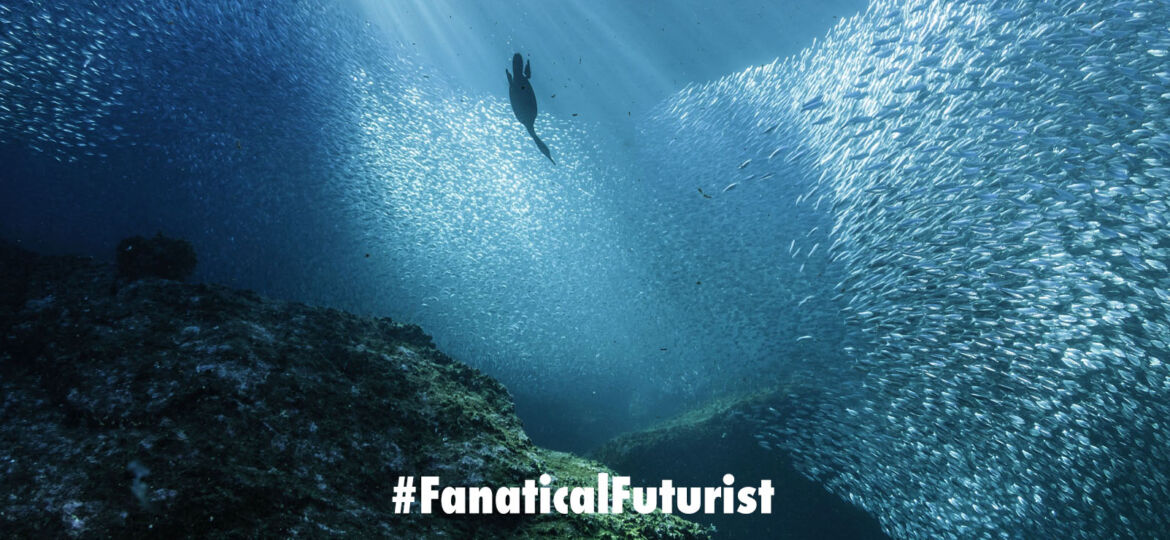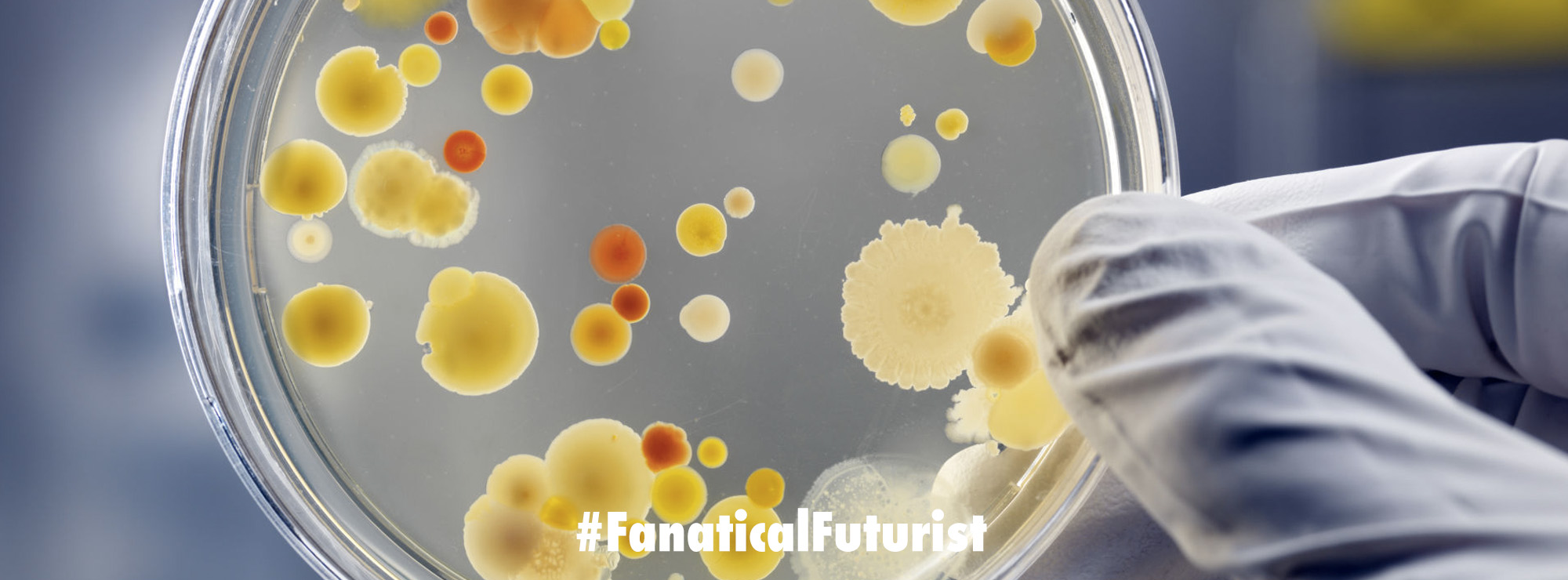
WHY THIS MATTERS IN BRIEF
As we learn more about the genetic code and how to modify it organisations around the world are starting to look into new ways of turning nature to their advantage.
A few months ago I wrote about how DARPA, the bleeding edge research arm of the US military was trying to bring crops back from the dead using genetically modified insects, and turn plants into covert surveillance devices by genetically engineering them to pick up everything from radio waves to visual images. Now in another effort that sounds like it came straight from a science-fiction movie, something that the readers of this blog should be used to by now, the US Department of Defense has announced it’s exploring the use of synthetic biology to create genetically altered marine life forms that will help them track enemy submarines. Dubbed the Applied Research for the Advancement of Science and Technology Priorities Program on Synthetic Biology for Military Environments the program is part of a $45 billion initiative started in 2017.
According to researchers at the US Office of Naval Research Laboratory, the program would use a relatively common type of sea life, altering its genetic makeup to make it “extra sensitive to markers left by passing subs.” In short the new organisms would react in an identifiable way when exposed to “non-natural” substances like spent fuel left by subs as they pass by.
The research relies heavily on a scientific field called synthetic biology, that I’ve talked about many times before, which uses genetic engineering to modify existing organisms to “enable them to function in new, beneficial ways.”
In addition to modifying the sensor capabilities of sea life, the DoD says genetically modified organisms could be used in areas like performance augmentation, materials synthesis, including them to create the world’s toughest materials, and other applications. Genetically modified organisms are already in use in the civilian sector, but this initiative marks the first time the science is being explored in a defense setting.
The theory behind the technology is relatively straightforward – as a sub passes by, the chemicals and other traces it leaves behind would cause the organisms to change, triggering tiny electrical signals that could be captured, monitored and “translated” into actionable data. In a statement released by DARPA, an agency spokesperson says the new technology, nicknamed PALS (Persistent Aquatic Living Sensors), could substantially change the way the seas are currently monitored.
“The US Navy’s current approach to detecting and monitoring underwater vehicles is hardware centric and resource intensive. As a result, the capability is mostly used at the tactical level to protect high-value assets like aircraft carriers, and less so at the broader strategic level, and less so at the broader strategic level,” the statement read. “If we can tap into the innate sensing capabilities of living organisms that are ubiquitous in the oceans, we can extend our ability to track adversary activity and do so discreetly, on a persistent basis, and with enough precision to characterize the size and type of adversary vehicles.”
The DARPA statement says evaluating marine organisms for their ability to be successfully modified is just the first step in the initiative. Researchers must also develop the technology to capture signals released by the organisms and to translate that data into information that can be used by military personnel.
In addition, the technology must be able to collect data from large distances, and it must be able to determine when signals are being released from other stimuli, like debris or other organisms, to eliminate false positives in the way that traditional hardware based sensor networks do.
Researchers say the PALS initiative could be completed in four years, with modified organisms being tested in contained, secure facilities, but no target date has been set for the actual deployment of modified genetic organisms which would likely be subject to intense scrutiny from a whole range of different bodies and organisations.
Source: DARPA















